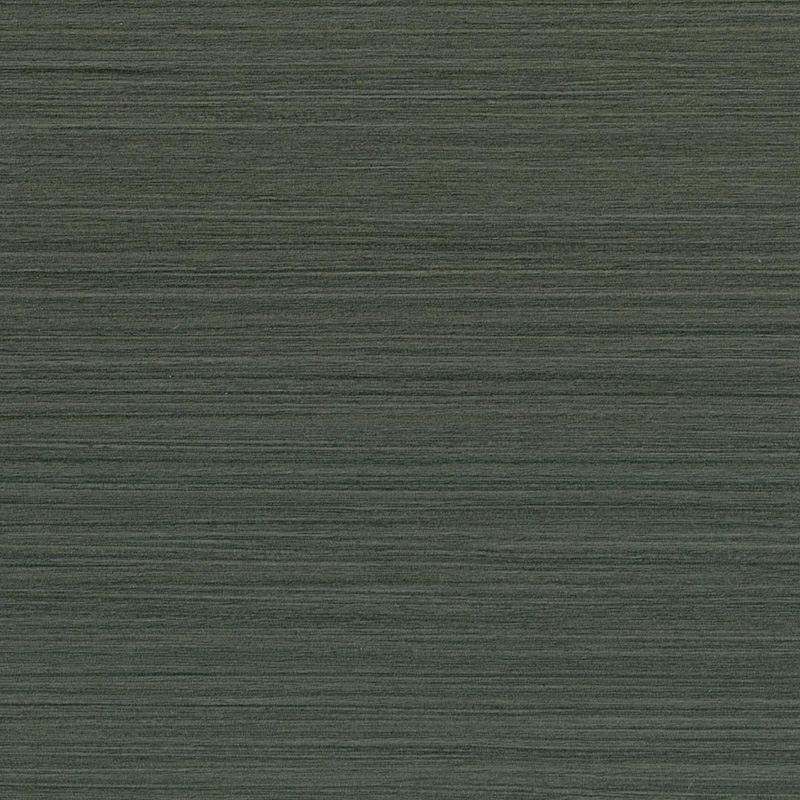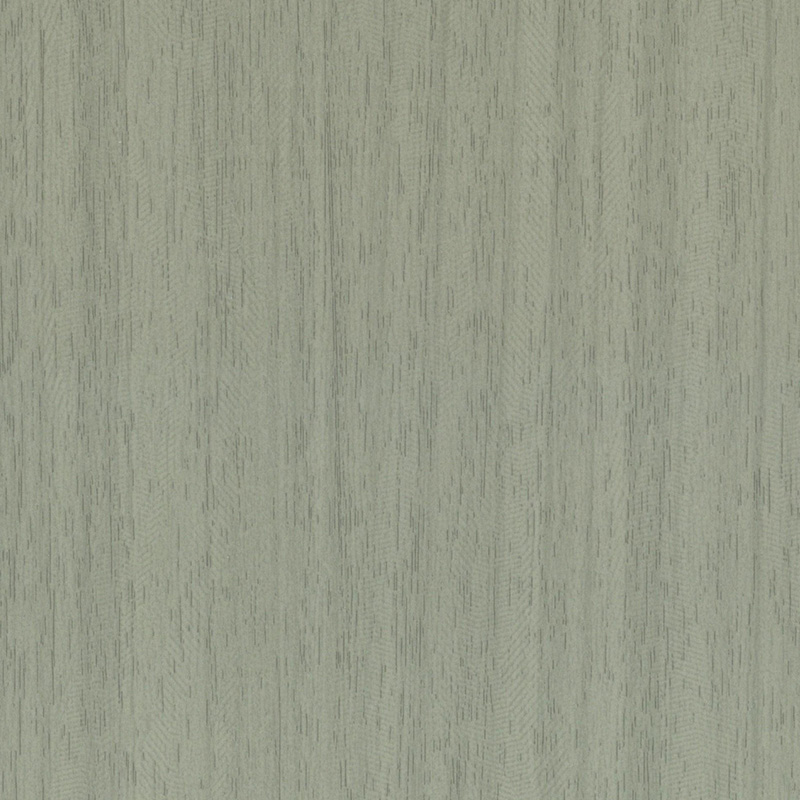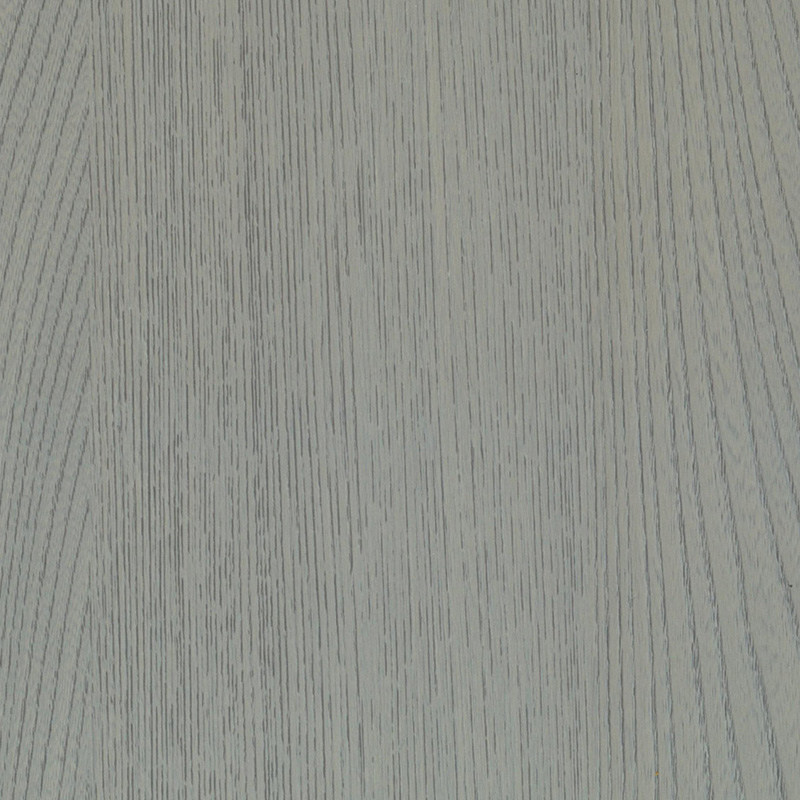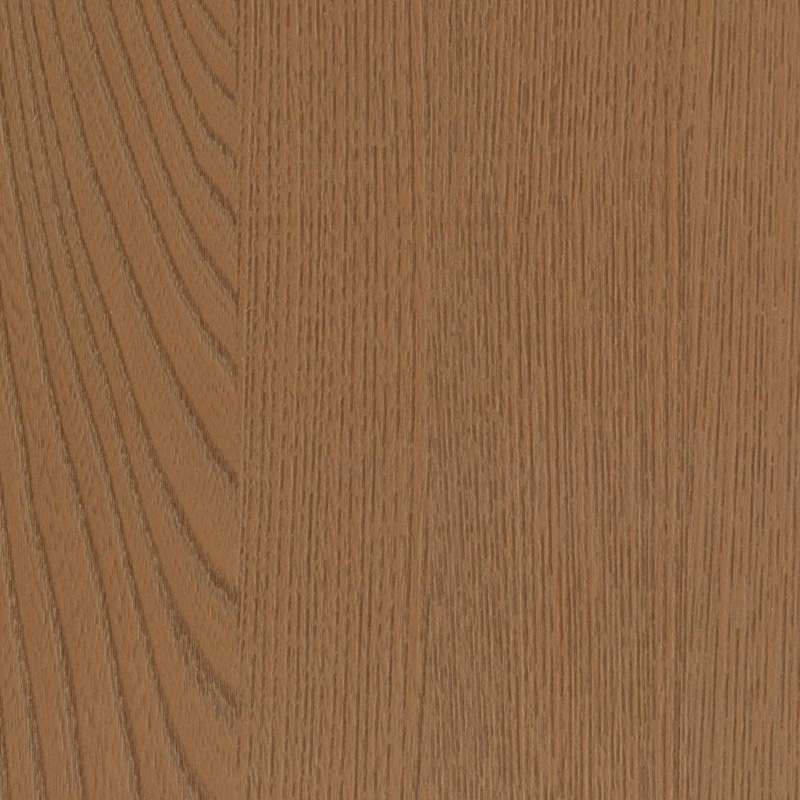PVC Decorative Film: Transforming Interior Design with Innovation and Versatility
The interior design industry is witnessing a quiet revolution, driven by the growing adoption of PVC (polyvinyl chloride) decorative film. This innovative material is redefining aesthetics, functionality, and sustainability in spaces ranging from residential homes to commercial complexes.
PVC decorative film is a thin, flexible material laminated onto surfaces such as furniture, cabinetry, walls, and ceilings. Its popularity stems from its ability to mimic high-end materials like wood, metal, stone, and fabric at a fraction of the cost. Recent technological advancements have enhanced its durability, texture, and visual appeal, making it indistinguishable from natural counterparts in many cases.
The adaptability of PVC decorative film has fueled its adoption across diverse sectors:
Residential Spaces: Homeowners use films to update kitchens, wardrobes, and accent walls without messing with painting or retiling.
Hospitality: Hotels and restaurants leverage films to create themed environments that withstand heavy foot traffic and frequent cleaning.
Retail: Brands utilize eye-catching films for store fixtures and displays, aligning aesthetics with evolving marketing campaigns.
Healthcare: Antimicrobial PVC films are gaining traction in hospitals for their hygienic, easy-to-clean properties.
In addition to aesthetic advantages, PVC decorative film contributes to sustainability efforts within the design industry. The production of PVC film generally requires less energy and raw materials than sourcing and processing natural materials like hardwood or stone slabs.
The lightweight nature of PVC film also reduces transportation costs and carbon emissions during shipping compared to heavier materials. Installation is often faster and less labor-intensive, small disruption and waste on job sites. For renovation projects, PVC film can be applied directly over existing surfaces, extending the lifespan of furniture or wall panels without the need for removal or replacement.
One of the strengths of PVC decorative film lies in its versatility. The film can be produced with a wide range of colors, patterns, and finishes to suit different design themes. Whether aiming for the warmth of natural wood grain, the sleekness of brushed metal, or the richness of textured fabrics, the film provides options that can be customized according to client preferences.
Technological developments have also introduced functional coatings to PVC films, such as scratch resistance, UV protection, and antimicrobial layers. These enhancements improve longevity and performance, particularly in environments with high usage or strict hygiene standards. Some films also offer fire-retardant properties, adding an extra layer of safety to public and commercial spaces.
While PVC decorative film offers many advantages, designers and users should consider certain factors before application. Surface preparation is critical to ensure proper adhesion and a smooth finish. The film performs good on clean, flat, and non-porous surfaces.
Temperature and humidity conditions during installation can affect the film’s behavior. Proper handling and installation techniques help prevent issues such as bubbling or peeling over time. Additionally, end-of-life disposal and recycling remain areas for ongoing improvement, with industry stakeholders working towards more sustainable solutions.
The continuing evolution of PVC decorative film signals promising opportunities for interior design and architecture. Its combination of visual appeal, functional benefits, and environmental considerations positions it as a material capable of meeting contemporary demands.

 English
English русский
русский Español
Español عربى
عربى Deutsch
Deutsch





